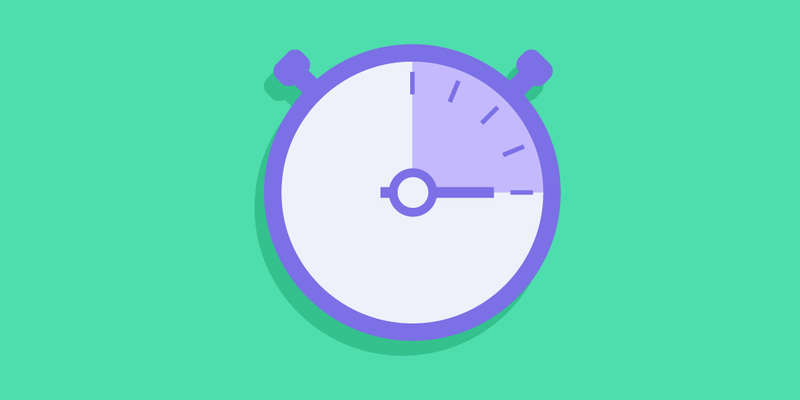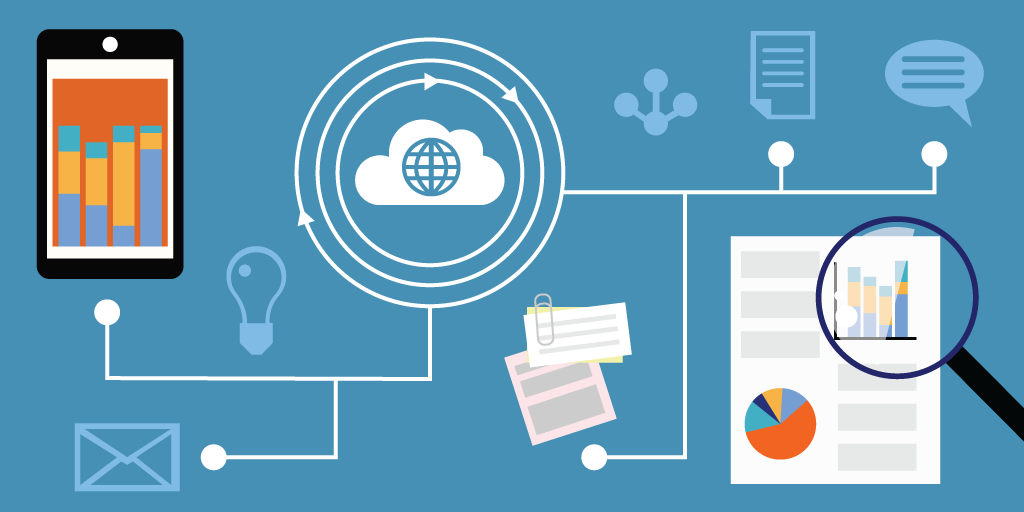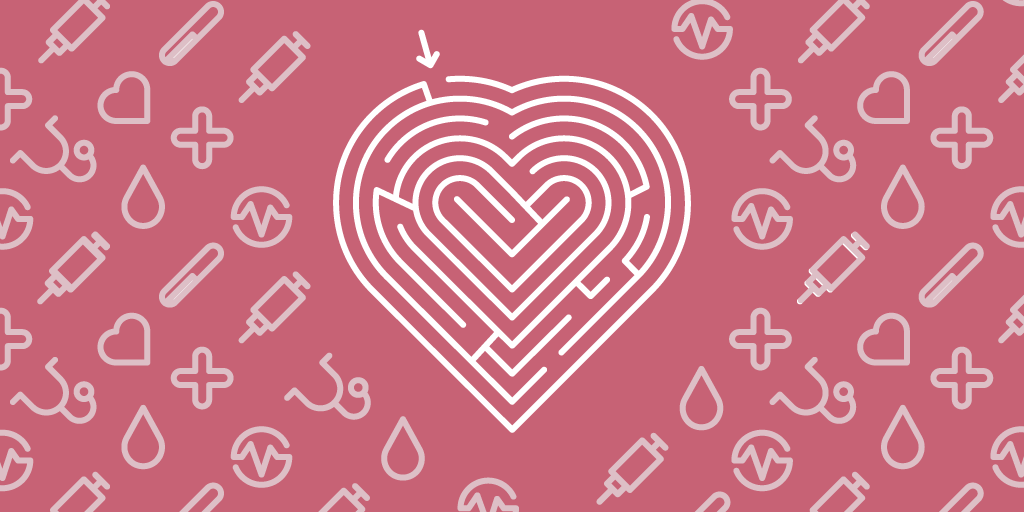Long wait times at government offices have become a near-universal frustration. Whether it's renewing a driver's license, applying for permits, or accessing social services, citizens often face slow-moving lines, unclear processes, and overcrowded lobbies.
According to the U.S. Social Security Administration, the average wait time for disability benefit decisions increased by 86% between 2019 and 2023—rising from four months to over seven.
These delays aren't just inconvenient—they erode public trust and put unnecessary pressure on both citizens and government staff.
Meanwhile, expectations are rising. People now demand the same speed and convenience from public services that they experience in retail and tech.
This blog explores why long wait times persist in public service environments, the impact they have on efficiency and satisfaction, and how public sector queue management software can help solve the problem and modernize citizen experiences.
Why Government Offices Still Struggle With Wait Times
Government offices face unique challenges that contribute to long, frustrating wait times. These issues aren’t just operational, they impact citizen satisfaction, staff morale, and overall public trust. Here's why the problem persists:
-
Outdated Systems (Pen & Paper, Take-a-Number Queues)
Many offices still use legacy tools that offer no real-time transparency or flexibility. Take-a-number systems create confusion when numbers aren’t sequential or tied to estimated wait times, leaving visitors unsure of their place in line.
-
Complex and Variable Services
Government offices handle a broad range of requests—from quick renewals to time-consuming applications. This wide variance in service duration makes it difficult to predict or manage queue flow effectively.
-
Limited Staffing Flexibility
Budget constraints, hiring freezes, and training timelines limit the ability to scale staff in response to demand. When peak traffic hits, there simply aren’t enough hands on deck to maintain efficiency.
-
Lack of Centralized Service Insights
Without modern queue management or reporting tools, offices lack the data to understand peak hours, bottlenecks, or staff performance—making it harder to implement proactive improvements.
-
No Communication with Visitors During Wait
Traditional systems offer no updates or alerts. Visitors are left waiting without knowing how long the delay will be or if they’ve missed their turn, which creates anxiety and dissatisfaction.
You might also like - 5 Scientific Explanations for How Wait Times Impact Customer Behavior
What Citizens Actually Want
Long waits aren’t just an inconvenience—they’re a signal to citizens that their time isn’t valued. Today’s public expects better, and rightfully so. Government services might be essential, but that doesn’t mean they should be frustrating. Here's what visitors truly want from their experience:
-
A Clear View of Wait Times
People don’t mind waiting as much as they mind not knowing how long they’ll be waiting. Accurate, real-time visibility into wait times helps set expectations and reduces anxiety.
-
Notifications About Their Position in Line
Instead of nervously watching display boards or listening for their number, citizens want updates sent directly to their phone—so they can relax or step away without the fear of missing their turn.
-
The Ability to Check In Remotely or From Their Phone
Remote sign-in empowers visitors to join the queue from home, their car, or while running errands. It’s convenient, time-saving, and helps prevent lobby overcrowding.
-
Transparent Processes With Little Guesswork
Vague ticket numbers and disjointed systems leave people confused. A more guided, transparent process—from check-in to service—makes the entire visit feel more respectful and efficient.
This frustration is nothing new. In 2019, a couple at a Michigan Secretary of State branch had to wait over an hour just to renew a driver’s license in DMV — without any clear updates. Situations like this highlight the urgent need for more citizen-friendly solutions in public service delivery.
A Smarter Approach to Managing Visitors
Modern problems need modern solutions—especially in government offices where efficiency and accessibility go hand-in-hand. Here’s what a smarter approach looks like:
1. Digital Check-In Kiosks or Mobile Apps: Streamlining the Sign-In Process
In government offices, the traditional way of signing in, whether on paper or by waiting in long lines at the front desk, can create unnecessary delays and frustration.
Digital check-in kiosks or mobile apps offer a seamless alternative, allowing visitors to sign in, select the service they need, and move on with their wait without crowding the front desk.

These systems improve efficiency, reduce the burden on staff, and allow citizens to get started on their tasks immediately. Here are the key benefits:
Self-service sign-in: Visitors can sign in and select services on their own.
No need to crowd the front desk: Reduces congestion in waiting areas.
Faster processing times: Speeds up the entire check-in process for citizens.
Customizable service options: Allows visitors to choose the service they need from a menu of options.
Improved visitor experience: Makes the process faster and more user-friendly.
2. Real-Time Lobby Displays: Reducing Anxiety with Estimated Wait Times
One of the biggest pain points in government offices is the uncertainty of wait times. Citizens often feel anxious and frustrated when they have no idea how long they’ll be waiting.
Real-time lobby displays offer a solution by showing estimated wait times and current callouts, helping visitors stay informed and reducing confusion.
These displays ensure that everyone knows where they stand in the queue and when to expect their turn, making the waiting process more transparent and less stressful. Here are the key benefits:
Clear, real-time wait times: Citizens can instantly see how long they’ll have to wait.
Current callouts displayed: Allows visitors to track their position in the queue.
Reduced confusion: Helps visitors know when they’re next, minimizing anxiety.
Improved transparency: Makes the waiting process more predictable.
Optimized waiting experience: Helps visitors feel more in control and less frustrated.
Qminder’s Waiting Room TV displays real-time wait times, callouts, and important announcements to keep visitors informed and reduce uncertainty. It helps government offices maintain a calm, efficient environment by showing live queue updates, so visitors can track their place and plan their time more easily.

3. SMS Notifications: Keeping Visitors Informed Without the Wait
One of the most frustrating aspects of waiting in line is being stuck in a crowded lobby with no idea of when your turn is coming up. SMS notifications solve this problem by keeping visitors updated on their position in the queue, so they can step out of the lobby and return just in time for their turn.

This feature not only improves the visitor experience but also reduces congestion and waiting room crowding. Here are the key benefits:
Real-time updates: Visitors receive SMS notifications about their position in the queue.
No need to stay in the lobby: Citizens can leave the waiting area and still know when to return.
Reduced crowding: Helps manage visitor flow by preventing overcrowding in the lobby.
Increased convenience: Visitors can make use of their time rather than waiting in the office.
Improved experience: Reduces stress and frustration by keeping visitors informed.
Qminder’s SMS notifications keep visitors updated on their queue status, allowing them to step out without fear of missing their turn. This makes wait times more flexible and convenient, helping government offices create a more visitor-friendly experience.
4. Central Dashboards: Enhancing Visibility and Operational Agility
Government offices often face fluctuating demand across multiple service counters. Without real-time visibility, it's hard for staff to identify service slowdowns or redirect support where it’s needed most.
A centralized dashboard solves this by providing a live overview of visitor flow, staff availability, and service performance—all in one place. It empowers managers to make quick, data-driven decisions that keep queues moving efficiently.

Live service data: View real-time queue lengths, wait times, and staff activity.
Spot bottlenecks quickly: Identify where service is slowing down before issues escalate.
Reallocate staff: Shift agents to higher-demand areas to balance workload.
Improve decision-making: Use live data to optimize staffing and scheduling.
Monitor performance: Track KPIs to identify trends and long-term improvements.
5. Remote Queuing: Reduce Crowds and Give Visitors More Flexibility
Long lines and crowded lobbies don’t just frustrate citizens, they also overwhelm staff and create unnecessary pressure on daily operations. Remote queuing offers a smarter alternative.
By letting people check wait times and join the line before they even arrive, government offices can prevent bottlenecks, improve visitor flow, and create a more relaxed experience for everyone.
This modern approach allows citizens to better plan their visit while helping staff manage foot traffic more efficiently, especially during peak hours.
Key benefits of remote queuing:
See live activity levels at government locations
Choose less busy times to visit
Join the queue from home or on the way
Wait outside or in their car without missing their turn
Reduce walkaways and overcrowded lobbies
Qminder’s Visit Planner delivers all of this. It displays real-time wait data, recommends ideal visit times, and enables remote sign-ins, helping government offices offer smoother, more predictable service.
Helpful read - 7 Insanely Powerful Strategies to Manage Customer Wait Times
The Role of Data in Reducing Wait Times
Managing public sector wait times effectively starts with better visibility. Without real-time data, government offices are left guessing about peak hours, service bottlenecks, and staff performance.
Here’s how actionable insights make a difference:
-
Peak hours and service demand patterns
By tracking foot traffic throughout the day, offices can identify exactly when and where demand spikes. This allows managers to adjust staffing levels, stagger appointments, or encourage off-peak visits to prevent overwhelming lobby spaces.

-
Average wait times by service type
Some services naturally take longer—like a passport renewal versus a simple ID pickup. Analyzing average wait times per service helps staff prioritize, assign specialists more efficiently, and inform citizens upfront about expected delays.
-
Walkaway rates and reasons
High walkaway rates often signal deeper frustrations: lack of transparency, long waits, or unclear processes. Monitoring when and why people leave before being served offers a valuable opportunity to fix gaps and reduce lost service opportunities.
-
Staff performance and load distribution
Real-time dashboards show how busy each staff member is, allowing managers to redistribute queues on the fly. This avoids burnout, balances workloads, and ensures no one desk becomes a bottleneck for the entire system.
Also read - How Analytics Improves Customer Experience
Make Government Visits Smoother With Smarter Queue Management
Long wait times aren’t just an inconvenience—they erode public trust and put unnecessary strain on both staff and visitors.
By addressing the root causes like outdated systems, lack of visibility, and limited flexibility, government offices can provide faster, clearer, and more citizen-friendly service. From digital check-ins to remote queuing and real-time updates, small changes can lead to significant improvements in how public services are delivered.
Qminder makes all of this possible. With features like Visit Planner, SMS notifications, lobby displays, and centralized dashboards, you can modernize your front desk and deliver a better experience, without stretching your resources.
Try Qminder free for 14 days and see the difference it makes.
Most digital queue systems offer multilingual support and user-friendly design, helping ensure that all visitors, regardless of language, can navigate the process with ease.
Modern systems are designed to be intuitive. Staff typically require only brief training sessions to become confident in using the dashboard and managing queues efficiently.
Qminder stands out as a top choice for government offices, providing features like remote sign-in, real-time updates, SMS notifications, and an easy-to-use interface for both staff and visitors.


![10+ Best Waitlist App and Software [Updated 2025]](/static/img/cms-blog/6wb7I1FIB5vRxQ1JsrOAiE/best-waiting-line-management-software.jpg)



